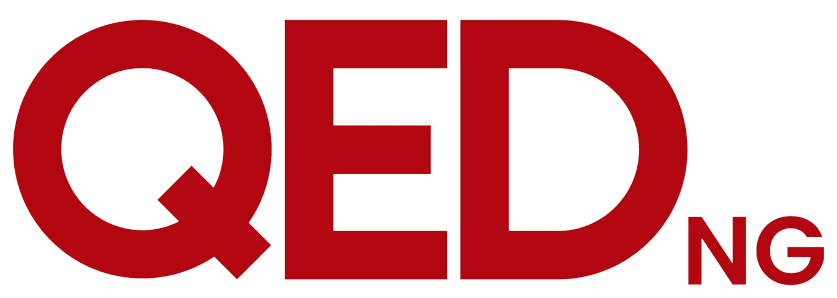Different aesthetics with Tope Babayemi
Twitter: afinjuadaba
According to Wikipedia, “The Arts is a vast subdivision of culture, composed of many creative endeavours and disciplines. It is a broader term than “art”, which, as a description of a field, usually means only the visual arts. The arts encompass the visual arts, the literary arts and the performing arts – music, theatre, dance and film, among others. This list is by no means comprehensive, but only meant to introduce the concept of the arts.”
The list can be expanded to include the plastic arts (photography and cinematography, which many also refer to as the media arts). The culinary arts and martial arts also make the list.
Cambridge English Dictionary states that culture is “the way of life, especially the general customs and beliefs, of a particular group of people at a particular time”.
I like to define culture as “the way we are” and heritage and tradition as “the way we were”. To my understanding, I have approximated Culture to comprise the following:
- a) The arts
- b) The customs, traditions and values of the people
- c) Religion and
- d) Language
In a future article I will be dealing with the issue of how a modern nation state like Nigeria should go about the task of evolving a positive and enduring national culture as part of the process of national development and nation building, but for now, permit me to concentrate on the subject at hand.
Perceptions of the arts have moved on from their historic origins of being supported by royalty and the ruling class and have come to be recognised as professions in their own right. The generation of Cyprian Ekwensi, Wole Soyinka, Mabel Segun, Francesca Emanuel and other members of the Nigerian intelligentsia pioneered the shift in perception and proved o Nigerians that people with good pedigree can study and work in the arts as professionals. It was this generation that pioneered the concept of the ‘Town and Wig’, discovered raw local talent and creativity, added the polish inherent in academia and produced some fine examples of creative practice. Kola Ogunmola’s Lanke Omu and Duro Ladipo’s Oba Koso readily come to mind.
Generations of historians, from Professors Saburi Biobaku, Akinjogbin and J. F. Ade Ajayi, Bolanle Awe to Professor Obaro Ikime and my late father, Oba (Dr.) S.O. Babayemi worked with historians such as Professor John Peel and others and social anthropologists such as Ulli Bier, Suzane Wenger and Peggy Harper, to help raise the ante with regard to popular acceptance and legitimacy of our oral and historical traditions. In all, this generation achieved what can be described as ‘Intellectual Legitimacy’ for the arts and for artists.
The challenge
The first and foremost challenge in these times is how to ensure that the arts and artists are not politically compromised and remain a true ‘mirror of society’ At the moment and in the recent past, that ‘mirror’ has been refracting instead of reflecting. That is to say the least. We also need to ensure that Artists are equipped and enabled to contribute to development and earn as true professionals. Also importantly, we need to keep finding and making the arguments to ensure that the creative economy is better understood and its capacity to deliver change and value harnessed for the common good of the people.
Meeting the challenge
To effectively tackle the stumbling blocks identified above, we need to look closely at the issue of ‘representation’ of the artist in the Nigerian environment. Who speaks for the Nigerian artist?
In my view, the first is government at federal, state and local government levels because of constitutional and statutory responsibility. The guilds and associations of professional interest are second followed by the practitioners themselves. We must constantly review the quality of representation at all the levels.
State funding of the arts and culture in Nigeria can be improved in many ways. I is a fact that most emerging economies either cannot afford good structures or do not consider culture and the creative industries to be a priority. We must move away from this tendency in order to meaningfully forge ahead. I am convinced that the current administration merged the old Ministry of Tourism, Culture and National Orientation with the Ministry of Information not just to cut costs in administration but also because of the abysmal lack of delivery of quantifiable results, value and ROI from already established structures and institutions tasked with the responsibility of managing government investment in the arts, culture and tourism.
I hope that the administration will continue to demonstrate good leadership and direction which appear to be yielding results at the moment judging by the number and types of partnerships that are beginning to emerge geared towards development in the creative industries. Nevertheless, it is important that we keep exposing policy makers to new thinking and new understanding of the possibilities once there is the political will.
Finally, professional arts practitioners must stand up and represent, with the understanding that being organized, coherent and regulated will make the creative industries more attractive to government and the private sector. So there is need to evolve a new language, new arguments, and set new standards.
PS: I wish to acknowledge with gratitude, the reactions and responses to the article ‘Arts Access’, published last week. I wish to inform that there will be a follow up article ‘Arts Access II’ to take due cognisance of issues regarding age, disability and other potentially disenfranchised members of the community.










